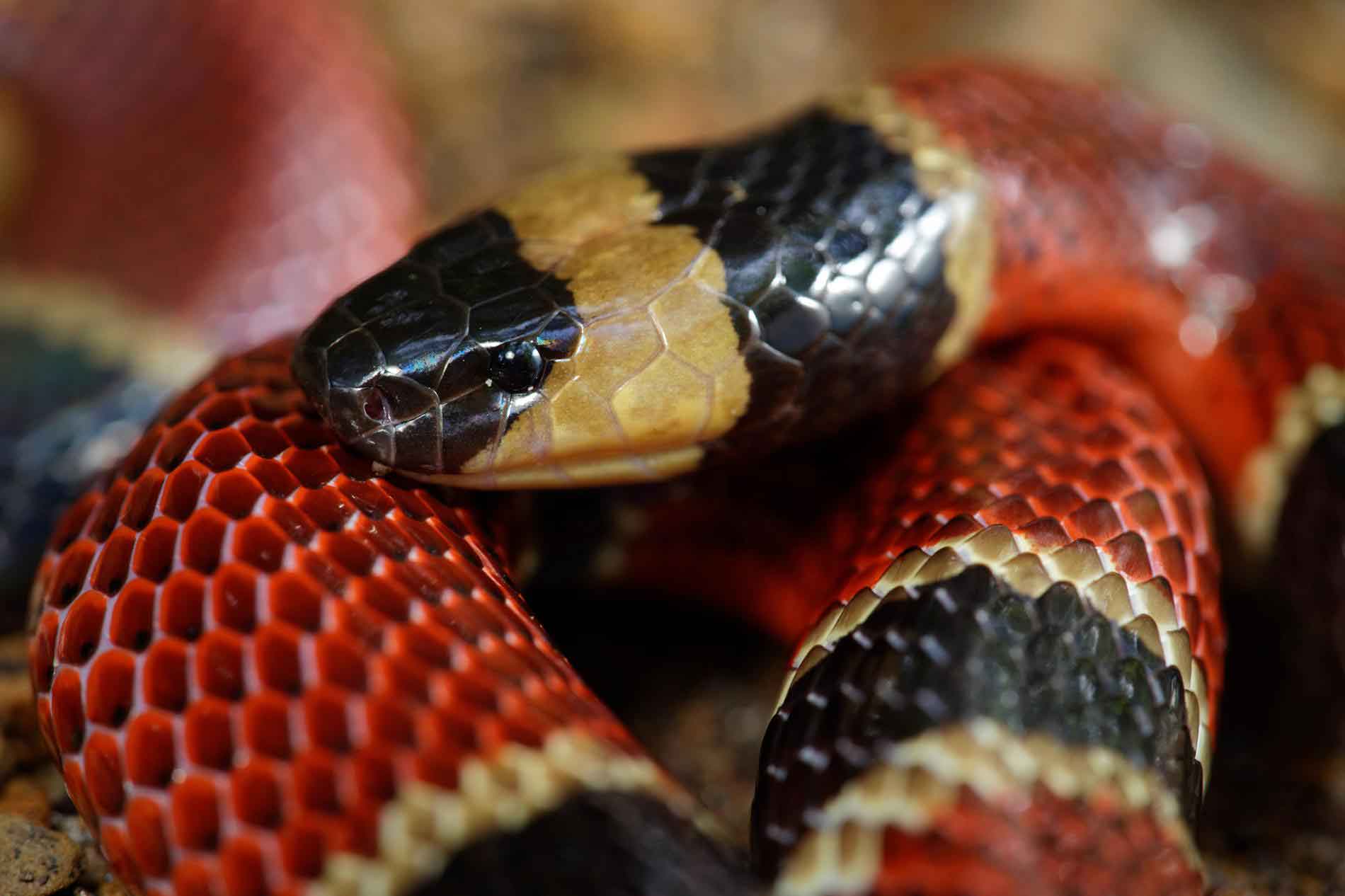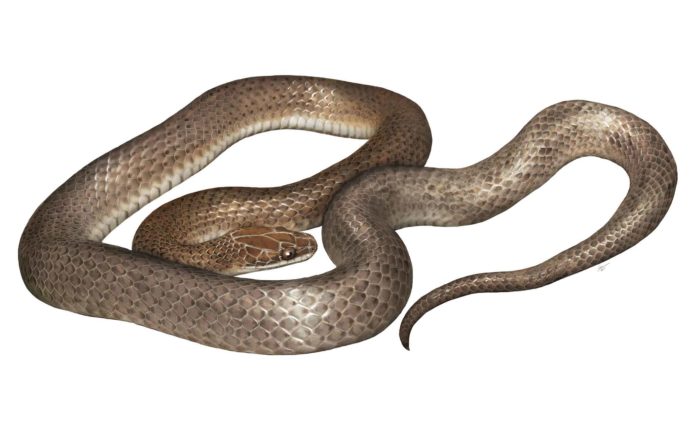Scientists have discovered a species of snake that has never been seen before. They found this previously unknown snake species inside another snake’s belly.
The University of Texas at Arlington biologists gave the snack snake the official name of Cenaspis aenigma. The name derives from the Latin Cena (dinner), aspis (a snake variety), an enigma.
Jonathan Campbell, a herpetologist at the University of Texas at Arlington, said, “This species has unique features that separate it from its relatives, including the shape of its skull, the covering of its hemipenis—its reproductive structure—and the scales under its tail.”
In 1976, in the southern Mexican state of Chiapas, palm harvesters working deep in one of the region’s forests found a Central American coral snake—a vibrantly-colored species with neurotoxic venom. When researchers obtained it, they found that its last meal was another smaller serpent.

PHOTOGRAPH BY MATTHIEU BERRONEAU
This ten-inch-long male snake was special, as it didn’t match any known species, so the specimen was preserved in a museum collection. The research team returned to the area at least a dozen more times over several decades but never found a living representative of the odd snake species.
This species has unique features that separate it from its relatives, including the shape of its skull, the covering of its hemipenis, its reproductive structure, and the scales under its tail.
Campbell said, “This proves how secretive some snakes can be. Combine their elusive habits with restricted ranges, and some snakes do not turn up often.”
Sara Ruane, a herpetologist and evolutionary biologist at Rutgers University-Newark not involved in this study- is impressed by the finding.
“This is an excellent contribution to herpetology and reminds us all that you never know what new information you may get when doing field collections and taking a closer look at what is already in museums—and why such collections are important.”
Kevin de Queiroz—zoologist and curator of the collection of Amphibians and Reptiles at the Smithsonian’s National Museum of Natural History, said, “It’s always interesting to find a species that is new to science, and even more so when it appears not to be particularly closely related to any currently known species.”
The study is published in the Journal of Herpetology.
